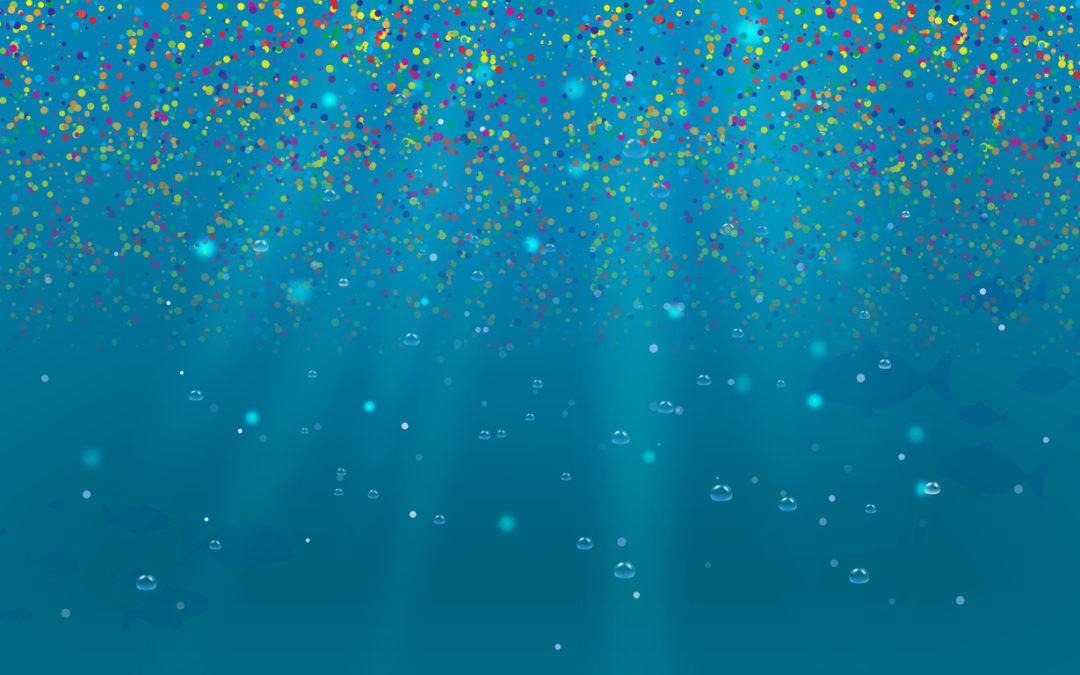Two new studies published this week detail the alarming levels of microplastics. One study published in the Proceedings of the National Academy of Sciences found that bottled water sold in stores can contain 10 to 100 times more bits of plastic than previously estimated — nanoparticles so infinitesimally tiny they cannot be seen under a microscope. Microplastics are polymer fragments that can range from less than 0.2 inch (5 millimeters) down to 1/25,000th of an inch (1 micrometer). Anything smaller is a nanoplastic that must be measured in billionths of a meter. According to the new study, one liter of water — the equivalent of two standard-size bottled waters — contained an average of 240,000 plastic particles from seven types of plastics, of which 90% were identified as nano plastics, and the rest were microplastics, according to the new study.
A second study from scientists at the University of Toronto and the Ocean Conservancy published in the journal Environmental Pollution found that nearly 90 percent of 16 different kinds of protein commonly eaten by people, including seafood, chicken, and beef—and even plant-based meat alternatives such as tofu and veggie burgers—contain microplastics.
The two studies add to a global body of scientific research that has documented micro- and nanoplastics’ ubiquity in the world and increasingly in human bodies.

